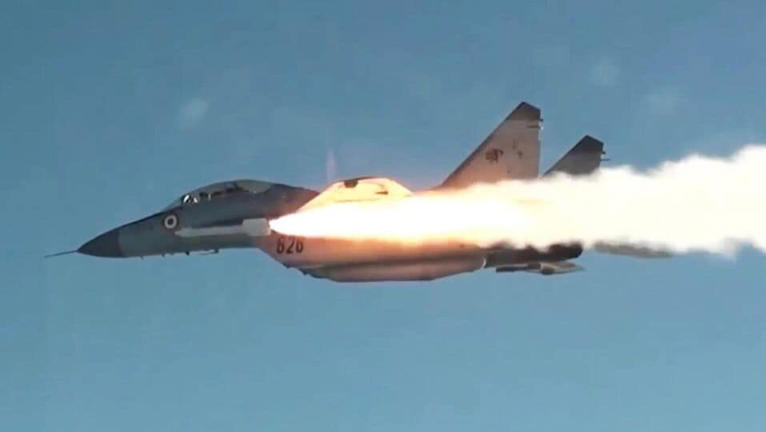Mission completed in 23 minutes: IAF bypassed,— new details of Op Sindoor
News Mania Desk / Piyal Chatterjee / 16th May 2025

In an impressive showcase of technological skill and operational accuracy, the Indian Air Force (IAF) successfully circumvented and disrupted Pakistan’s air defence systems supplied by China during Operation Sindoor, finishing the task in only 23 minutes, as per the official records.
The mission, carried out on the morning of 8 May 2025, aimed at crucial Pakistani air defense radars and military sites, including an important installation close to Lahore. The official statement highlighted that all Indian assets were returned safely, emphasizing the successful execution of the mission.
The PIB document indicated that Operation Sindoor, initiated as a measured military response to rising asymmetric warfare and cross-border terrorism, represented a crucial advancement in India’s defense capabilities.
The action was initiated following Pakistan’s synchronized drone and missile attacks on several Indian cities, such as Srinagar, Jammu, Amritsar, and Bhuj, during the night of May 7 and 8.
India’s Integrated Counter Unmanned Aerial Systems (UAS) Grid and multi-tiered air defense systems effectively neutralized these threats using radars, missile systems, and electronic countermeasures.
India’s offensive operations accurately targeted vital Pakistani airbases—Noor Khan and Rahimyar Khan—with surgical precision. The statement indicated that loitering munitions were utilized with destructive impact. In response, the IAF targeted Pakistan’s air defense systems with precise strikes, incapacitating multiple Chinese-manufactured HQ-9 and HQ-16 surface-to-air missiles.
The Indian military deployed a mix of homegrown technologies like the Akash missile system, Barak-8, and the Russian S-400 (Sudarshan Chakra), in addition to electronic warfare strategies to disrupt and evade enemy radar systems.
India has become a prominent defense manufacturing center, propelled by the “Make in India” campaign and a robust drive for self-sufficiency. In the fiscal year 2023-24, domestic defence production hit a high of ₹1.27 lakh crore, and exports surged to ₹23,622 crore in the fiscal year 2024-25, marking a 34-fold rise since 2013-14.
The Operation Sindoor also yielded tangible proof of neutralised enemy technologies, such as components of PL-15 missiles (from China), UAVs of Turkish design called “Yiha” or “Yeehaw,” long-range rockets, quadcopters, and commercial drones.
“These were recovered and identified, showing that despite Pakistan’s attempts to exploit advanced foreign-supplied weaponry, India’s indigenous air defence and electronic warfare networks remained superior,” the release read.
“At an event on 11 May, ISRO Chairman V Narayanan mentioned that at least 10 satellites are continuously working round-the-clock for the strategic purpose to ensure the safety and security of the citizens of the country. To ensure the safety of the country, the nation has to serve through its satellites. It has to monitor its 7,000 km seashore areas. It has to monitor the entire Northern part continuously. Without satellite and drone technology, the country can’t achieve that,” the release read.






